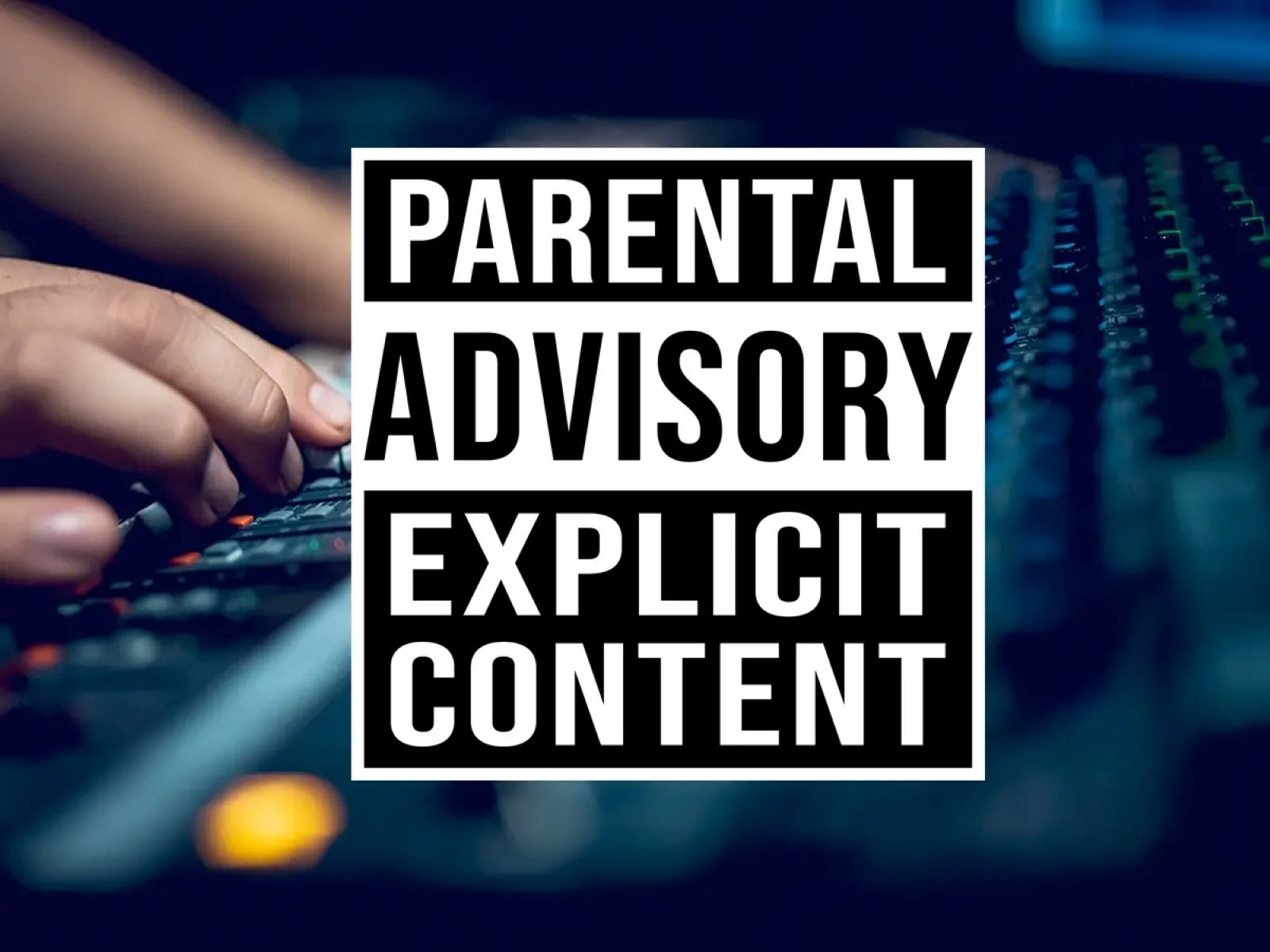The Controversial Origins Of Parental Advisory Labels

Ever wondered why some music albums have those black-and-white Parental Advisory labels? These stickers didn't just appear out of nowhere. They have a history rooted in the 1980s when concerned parents and politicians started noticing explicit content in popular music. The rise of rock, rap, and heavy metal brought lyrics that some found shocking. This led to heated debates about freedom of expression versus protecting young listeners. Eventually, the music industry agreed to place Parental Advisory labels on albums with explicit content. This move aimed to help parents make informed choices about what their kids listened to while still respecting artists' creative freedom.
The Birth of Parental Advisory Labels
Parental Advisory Labels, those black-and-white stickers on album covers, have a story worth telling. They didn't just appear out of nowhere. Their origins are steeped in controversy, debates, and a quest to protect young listeners.
The PMRC's Role
The Parents Music Resource Center (PMRC) played a pivotal role in the creation of these labels. Founded in 1985 by a group of concerned parents, including Tipper Gore, the PMRC aimed to address explicit content in music.
Formation of PMRC: A group of influential women, including Tipper Gore, Susan Baker, and others, formed the PMRC to combat what they saw as inappropriate content in popular music.
The Filthy Fifteen: The PMRC compiled a list of 15 songs they found particularly offensive. This list included tracks from artists like Prince, Madonna, and Judas Priest.
Senate Hearings: The PMRC's efforts led to Senate hearings in 1985, where musicians like Frank Zappa, Dee Snider, and John Denver testified against censorship.
The Music Industry's Response
The music industry had mixed reactions to the PMRC's demands. Some artists saw it as an attack on free speech, while others understood the need for some form of content warning.
Frank Zappa's Testimony: Frank Zappa passionately defended artistic freedom during the Senate hearings, arguing that the labels were a form of censorship.
Dee Snider's Defense: Twisted Sister's Dee Snider also testified, surprising many with his articulate defense of his music and the right to free expression.
John Denver's Perspective: John Denver, known for his wholesome image, spoke against the labels, emphasizing that music should not be judged solely on its surface content.
The Implementation of Labels
Despite the controversy, the music industry eventually agreed to implement Parental Advisory Labels. This decision marked a significant moment in music history.
RIAA Agreement: The Recording Industry Association of America (RIAA) agreed to place warning labels on albums containing explicit content, starting in 1985.
First Labeled Albums: The first albums to feature the Parental Advisory Label included Prince's "Purple Rain" and 2 Live Crew's "As Nasty As They Wanna Be."
Impact on Sales: Interestingly, the labels sometimes boosted album sales, as curious listeners wanted to hear what the fuss was about.
The Legacy of Parental Advisory Labels
Parental Advisory Labels have left a lasting impact on the music industry and continue to spark debates about censorship, artistic freedom, and the role of parents in monitoring content.
Cultural Impact: The labels have become a cultural icon, often parodied and referenced in popular media.
Ongoing Debates: Discussions about the effectiveness and fairness of these labels persist, with some arguing they are necessary and others claiming they infringe on free speech.
Modern Usage: Today, Parental Advisory Labels are not just on physical albums but also on digital platforms, ensuring that explicit content is flagged for listeners of all ages.
The Impact of Parental Advisory Labels
Parental Advisory Labels have shaped the music industry and influenced how society views explicit content. Introduced in the 1980s, these labels aimed to protect young listeners from inappropriate lyrics. Over time, they sparked debates about censorship, freedom of expression, and the role of parents in monitoring media consumption.
While some argue that these labels help parents make informed choices, others believe they unfairly target certain genres, especially hip-hop and rock. Despite the controversy, Parental Advisory Labels remain a significant part of music culture, affecting how albums are marketed and perceived.
Understanding the origins and impact of these labels helps us appreciate the balance between protecting young audiences and respecting artistic freedom. Whether you see them as a necessary tool or a form of censorship, Parental Advisory Labels have undeniably left their mark on the music world.

